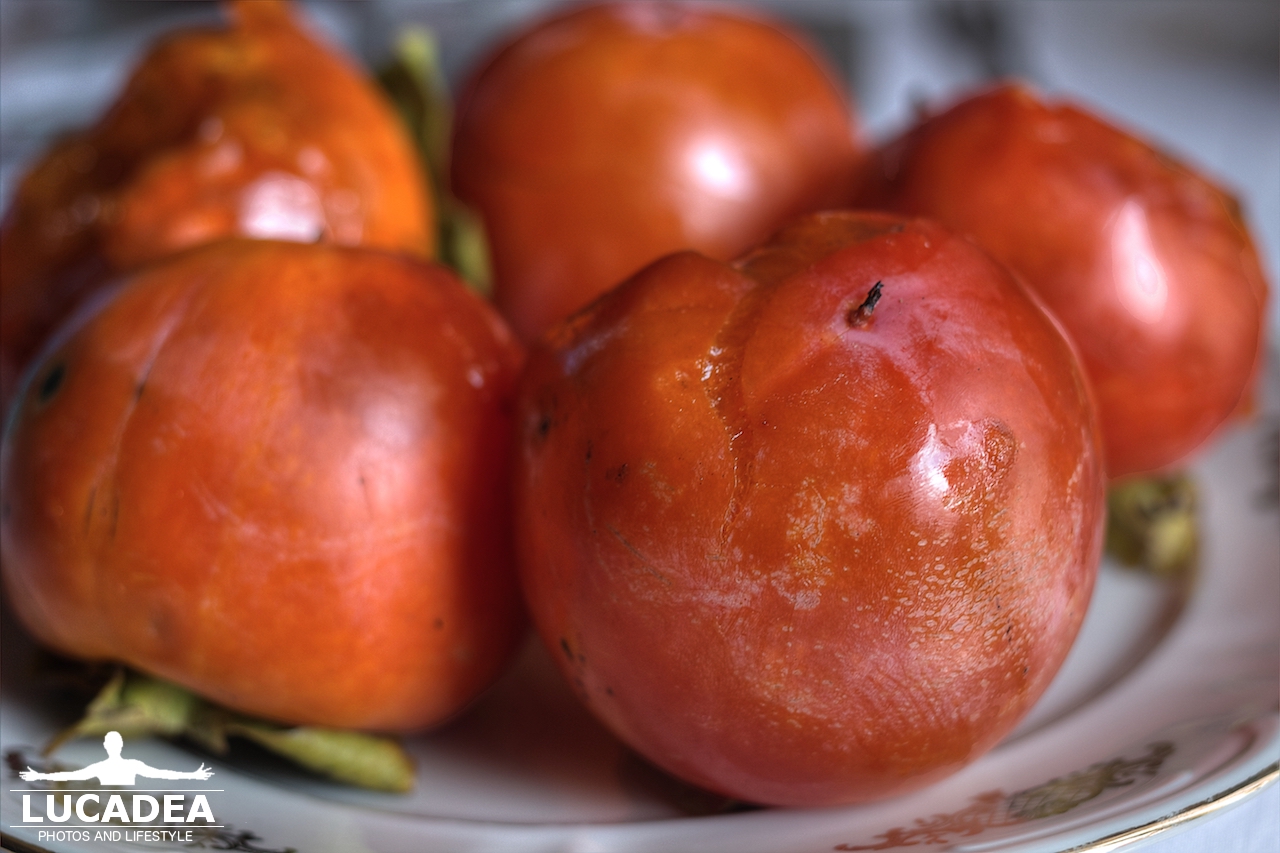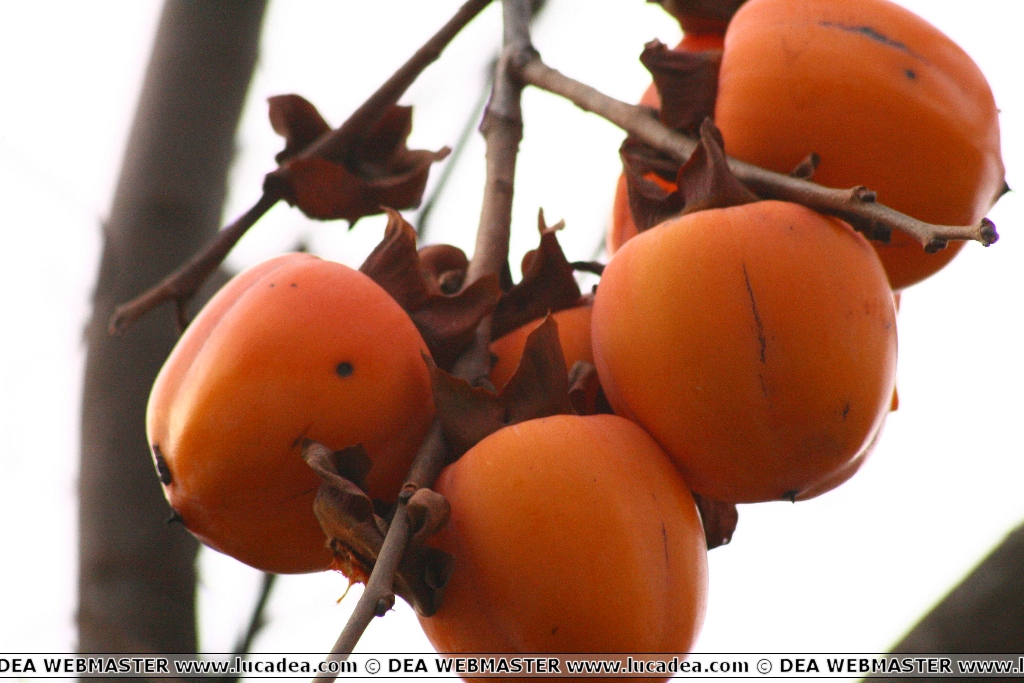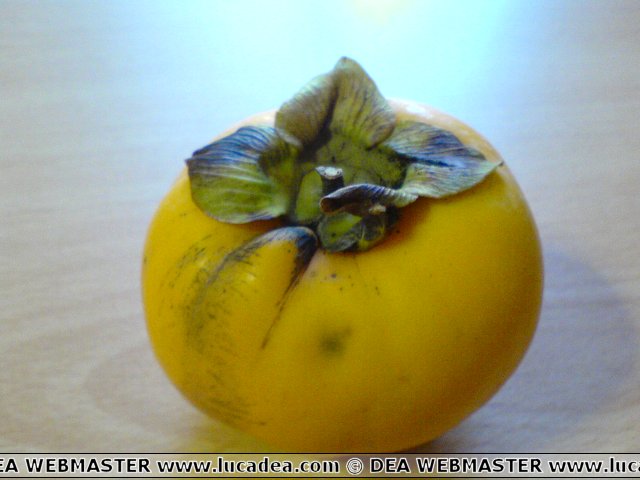Persimmons: one of the oldest fruits cultivated by man.
We are in persimmon season.
This very strange looking and sweet tasting fruit is starting to fill our tables. Unfortunately there are few trees around here (with the exception of the persimmon street, which I have already told you about in another post).
Do you like persimmons? Did you know that it is such an ancient fruit?
Add your own comment or go to the bottom of the site to read what other visitors have written.
I leave you with some photos of some fruit ready to be eaten.
Photo taken with Canon 600D and lens Tamron 16-300.
Diospyros kaki, native to East Asia, is one of the oldest fruit trees cultivated by man, known for its use in China for more than 2000 years. In Chinese the fruit is called 柿子 shìzi while the tree is known as 柿子树 shizishu. Its first published botanical description dates back to 1780. The scientific name comes from the union of the Greek words Διός Diòs (genitive case of Zeus) and πυρός pyròs (grain), literally “grain of Zeus”.
Continue on Wikipedia




